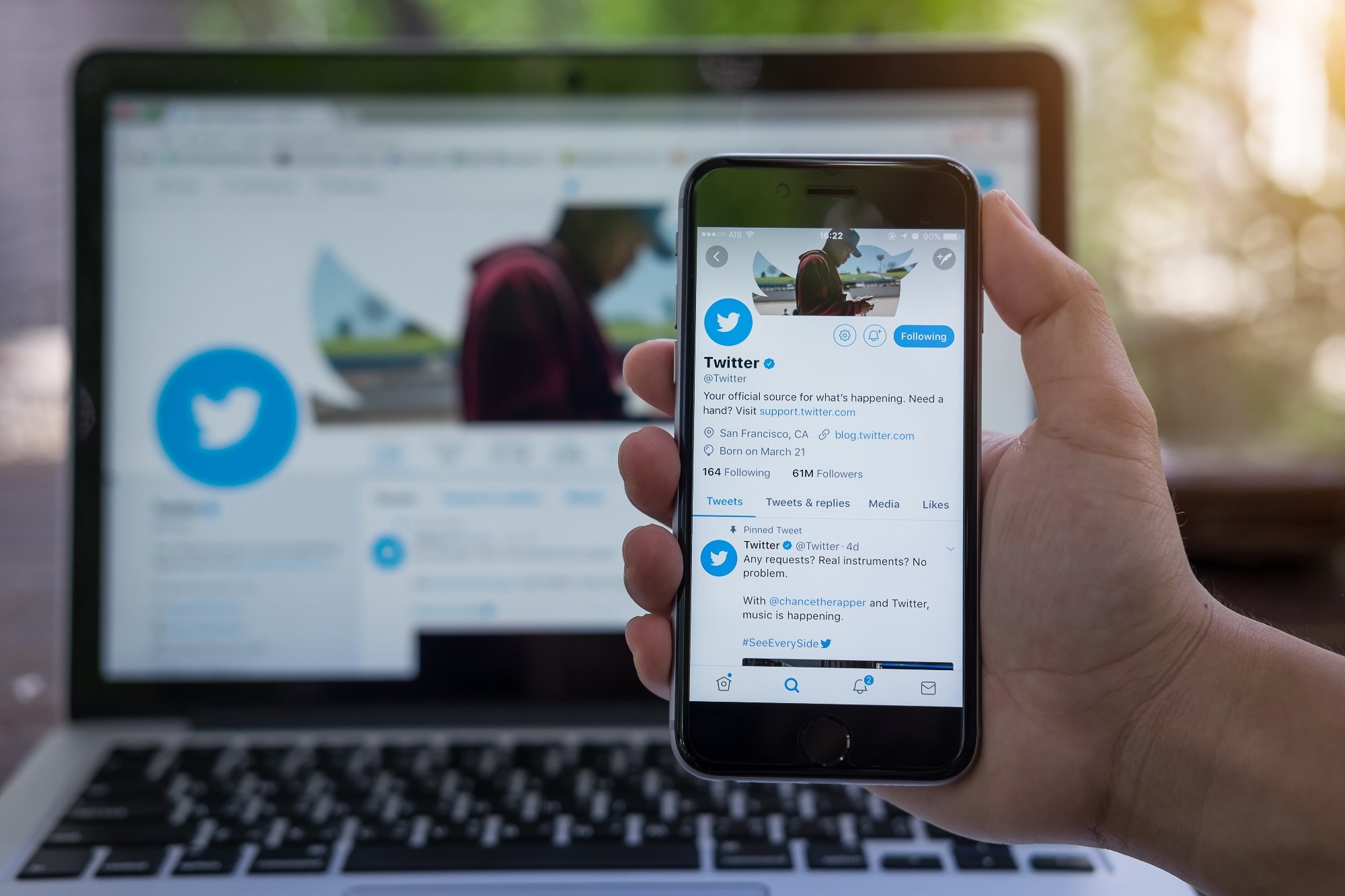In a recent study published in JAMA Network Open, researchers analyzed Twitter content uploaded by academic emergency medicine (EM) physicians and resident physicians to assess changes in language and content as indicators of their emotional well-being during the coronavirus disease 2019 (COVID-19) pandemic.
 Study: Investigating Social Media to Evaluate Emergency Medicine Physicians’ Emotional Well-being During COVID-19. Image Credit: WoraweeMeepian/Shutterstock.com
Study: Investigating Social Media to Evaluate Emergency Medicine Physicians’ Emotional Well-being During COVID-19. Image Credit: WoraweeMeepian/Shutterstock.com
Background
The severe acute respiratory syndrome coronavirus 2 (SARS-CoV-2) outbreak has worsened mental health and increased healthcare-related fatigue among clinical workers.
Due to the chaos in healthcare facilities and services, high rates of workplace violence, and continual exposure to critical care events, the frontline aspect of providing acute care in emergency departments (EDs) is associated with factors related to anxiety, stress, burnout, and depression.
The different waves of COVID-19 garnered population health interest in the increased emotional burden and burnout among healthcare workers. Many physicians resorted to publicly accessible social media platforms such as Twitter to vent themselves and release their stress, which was exacerbated during COVID-19.
About the study
In the present cross-sectional study, researchers evaluated changes in EM physicians' social media posts' language and content during the SARS-CoV-2 pandemic and whether the changes could provide insights into the emotional health of emergency medicine physicians.
The study used pre-trained natural language processing models and machine learning to assess Twitter posts (tweets) by EM physicians before and during different waves of COVID-19.
The study aimed to ascertain key themes in social media language and content associated with mental health and psychological constructs. Posts uploaded by the physicians from March 2018 to March 2022 were assessed.
Only emergency medicine and resident health physicians posting content with ≥300.0 words across all tweets from the top 10 United States (US) with the highest number of SARS-CoV-2 infections were included. The data were analyzed between June and September 2022. The study exposure was being an emergency medicine or resident health physician with uploaded tweets.
The main outcome measures were themes of Twitter content before and during the COVID-19 pandemic. The team evaluated psychological constructs such as anger, anxiety, loneliness, and depression and measured negative and positive language sentiments reflected in the posts.
Tweets uploaded before March 2020 were considered pre-COVID-19 posts, and those uploaded during and after March 2020 were considered posts during COVID-19.
The posts were split into emoticons, punctuation, and words, following which the team excluded words and/or phrases used by less than 1.0% of users.
The team measured effect sizes by Cohen d based on the normalized feature frequencies. The US counties included were Maricopa, Los Angeles, New York, Miami-Dade, Cook, Harris, San Diego, Riverside, San Bernardino, and Broward.
Results
In total, 471 EM and resident physicians who uploaded 198,867.0 tweets were identified, with mean and median values for the words across tweets of 11,403 and 3,445, respectively.
The top five pre-COVID-19 themes were freely available health education accessible to all, residency education, gun violence, quality improvements in the healthcare sector, and professional-level resident relationships, with Cohen d values of 0.4, 0.4, 0.4, 0.3, and 0.3, respectively.
During COVID-19, the themes showed significant associations with healthy behaviors, response to COVID-19, vaccination and vaccines, homelessness and unstable housing, and emotional support for other individuals, with Cohen d values of 0.8, 0.7, 0.6, 0.4, and 0.4, respectively. From the cumulative cases between 1 March 2020 and 31 March 2022, four COVID-19 phases were obtained.
The first phase was between 1 March and 31 October 2020; the second was between 1 November 2020 and 30 April 2021; the third was between 1 May and 31 December 2021; and the fourth was between 1 January and 31 March 2022.
Across different COVID-19 phases, the social media content themes in the tweets were significantly altered.
The number of physicians actively posting changed from 405 EM physicians (67,685 tweets, a mean of 167 tweets per EM physician) in the pre-pandemic period to 536 EM physicians (131,683 tweets, a mean of 246 tweets per EM physician) during the COVID-19 pandemic.
In comparison to the pre-COVID-19 period, more pessimistic and significantly less optimistic language was used during the pandemic. In addition, significant increases in anxiety, loneliness, depression, and anger were observed during the COVID-19 pandemic.
Conclusions
Overall, the study findings showed that at the start of COVID-19 and throughout, there was a significant increase in mental health strain among EM physicians and residents.
Key theme shifts and vocabulary increases linked to anger, anxiety, loneliness, and depression were also observed in social media content uploaded by emergency medicine and resident health physicians during COVID-19.
During COVID-19, social media may provide a real-time examination of unique and accessible content, themes, and linguistics used by healthcare personnel reflecting their emotional sentiments.
Understanding the unique experiences and attitudes of EM physicians and residents, as well as recording their perspectives, would aid in developing strategies to support the workforce and trainees.
The findings add to the body of scientific literature on the emotional toll of COVID-19 on EM physicians, as well as guide policy-making and the development of in-the-field interventions to improve the emotional well-being of frontline healthcare professionals.
-
Agarwal, A. et al. (2023) "Investigating Social Media to Evaluate Emergency Medicine Physicians' Emotional Well-being During COVID-19", JAMA Network Open, 6(5), p. e2312708. doi: 10.1001/jamanetworkopen.2023.12708. https://jamanetwork.com/journals/jamanetworkopen/fullarticle/2804673
Posted in: Medical Science News | Medical Research News | Miscellaneous News | Disease/Infection News | Healthcare News
Tags: Anxiety, Coronavirus, Coronavirus Disease COVID-19, covid-19, Critical Care, Depression, Education, Emergency Medicine, Fatigue, Healthcare, Language, Machine Learning, Medicine, Mental Health, Pandemic, Respiratory, SARS, SARS-CoV-2, Severe Acute Respiratory, Severe Acute Respiratory Syndrome, Stress, Syndrome

Written by
Pooja Toshniwal Paharia
Dr. based clinical-radiological diagnosis and management of oral lesions and conditions and associated maxillofacial disorders.
Source: Read Full Article
